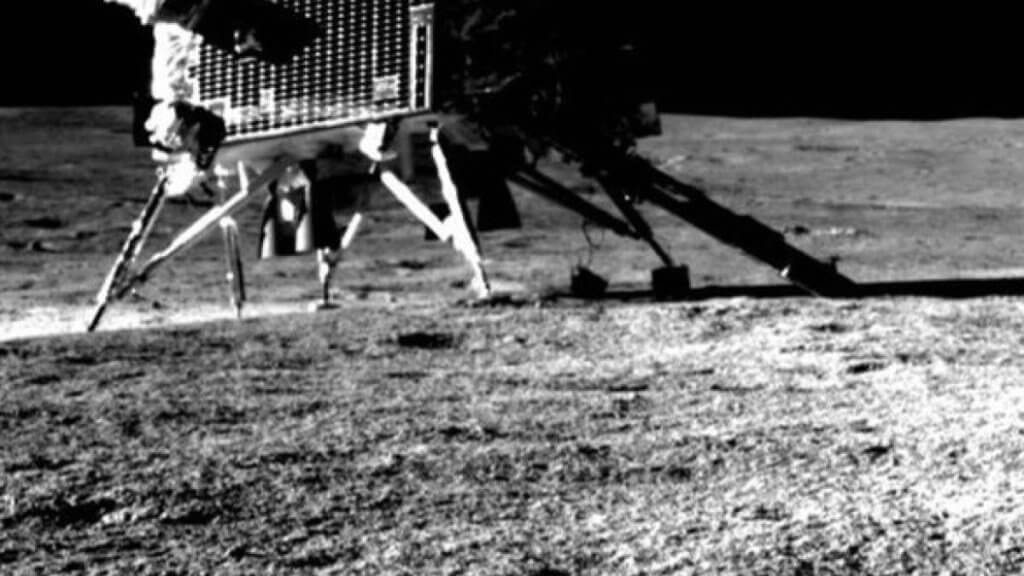
India’s moon rover snaps historic portraits of its tenacious lander (Image Credit: Mashable)
A close inspection of one of the images might first look alarming: It appears as though some parts have broken off the Vikram lander and are dangling from its undercarriage. But the Indian Space Research Organization, India’s version of NASA, has identified those as instruments conducting science for the Chandrayaan-3 mission, and everything is operating normally.
The photos are further evidence of the mission’s success as the first robotic craft to make the space voyage to the moon 239,000 miles away and touch down safely at the dark and craggy polar region. The victory puts India among the paucity of players — the former Soviet Union, United States, and China — that have touched the moon’s surface. The achievement comes four years after India’s Chandrayaan-2 mission crashed while attempting the same feat.
Since landing on Aug. 23, Chandrayaan-3, which means “moon craft” in Hindi, is halfway through its two-week operations and has so far taken the moon’s temperature and started investigating its chemical composition.
The two instruments shown in the photos are the Chandra’s Surface Thermophysical Experiment, which studies the thermal properties of the surface, and the Instrument for Lunar Seismic Activity, taking measurements at the landing site to chart the crust and mantle.

Credit: ISRO
Indian moon mission finds sulfur in the soil
The Indian space agency announced Monday that its six-wheeled golden rover, named Pragyan, had found clear signs of sulfur in the soil, “something that was not feasible by the instruments onboard the orbiters,” among other familiar elements from the periodic table. The news is a teaser to future scientific results expected from the mission.
The Laser-Induced Breakdown Spectroscopy instrument took the measurements using a technique that analyzes the soil by evaporating it with intense laser pulses. The process generates a hot plasma, whose light can then be studied. Each chemical ingredient has characteristic light wavelengths when it’s in a plasma state, allowing scientists to identify the material. The instrument detected other signatures for aluminum, calcium, iron, chromium, titanium, manganese, silicon, and oxygen.
The mission is now focused on finding hydrogen, for obvious reasons. To have water, there must be both oxygen and hydrogen atoms present, you may recall from chemistry class.

Credit: ISRO
Why go to the moon’s south pole region?
Want more science and tech news delivered straight to your inbox? Sign up for Mashable’s Light Speed newsletter today.
Many nations and private ventures have set their sights on the polar region specifically because orbiter research has indicated there is ice buried in its permanently shadowed craters. The natural resource is compelling to spacefarers because it could supply drinking water, air, and rocket fuel for future missions. Not having to haul these staples from Earth could usher a new era in deep space exploration.
India’s accomplishment happened days after the Russian space agency, Roscosmos, lost its Luna-25 robotic spacecraft in a crash. The Indian and Russian missions were in a mini space race, each vying to set their crewless spacecraft down near the south pole, though the Russian effort failed.

Credit: ISRO / X screenshot
Craters are part of what makes missions to the south pole dangerous. Long shadows sweeping the moonscape create difficult lighting and temperature conditions. Rovers must be able to navigate around the steep pits to avoid tipping down the edges.
Pragyan already encountered such an obstacle, but was able to steer away from the hazard in time to avoid it.








